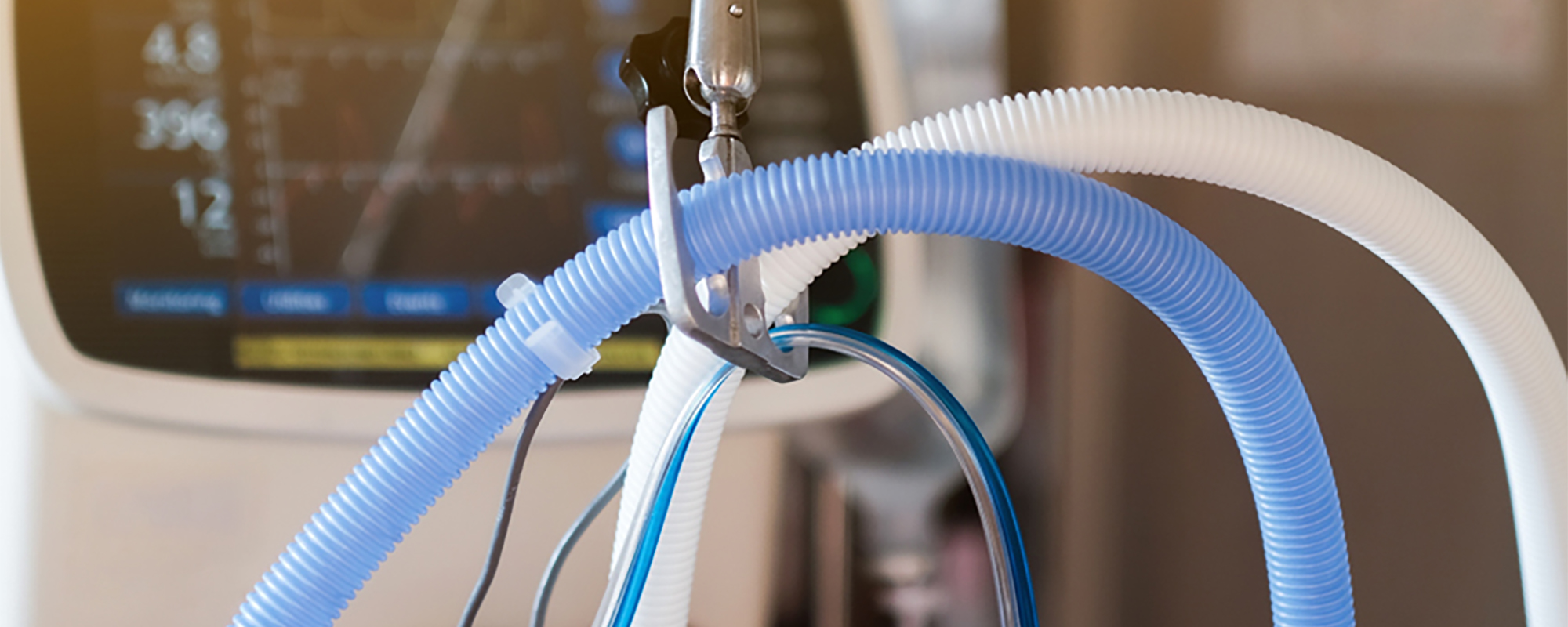
ICU Board
Project status
Collaborators
Barry Fuchs, MD
Penn Medicine Data Science team
Penn Medicine Information Services
Penn Medicine eICU team
Penn Value Improvement
Innovation leads
Awards
UPHS Quality and Patient Safety Award, 2017
Delaware Valley Patient Safety and Quality Award - Second place winner; from the Health Care Improvement Foundation for the project, "ICU Liberation: Executing the ABCDEF Bundle Daily," 2018
Health Devices Achievement Award, 13th Winner; ECRI Institute: Using EHR Data to Promote Faster Weaning From Mechanical Ventilation and Sedation, 2019
Digital Edge 50 Award: Awakening Breathing Coordination (ABC) Program; IDG Enterprises, 2019
Funding
Innovation Accelerator Program
Opportunity
Approximately 5 percent of hospitalized patients end up in intensive care units (ICUs), accounting for 20 percent of overall hospital care costs.
ICU care is complex and fast-paced, and it necessitates streamlined cross-disciplinary collaboration. Because ICU staff is often inundated with data, it can be challenging to recognize when patients are ready for a care transition - such as being weaned off mechanical ventilation.
Approximately 30 to 40 percent of ICU patients are on a ventilator for most of their stay. Every extra day on a ventilator can lead to a longer length of stay (LOS) for patients and increased morbidity and mortality.
Intervention
Penn Medicine's ICU Board is an automated digital platform designed to monitor the status of ICU patients in real time and prompt providers when action is needed – for example, when a patient is ready to come off mechanical ventilation.
In this clinical context, the ICU Board:
- Displays the ventilation and sedation status of all patients in a single view so clinicians can discuss care decisions before and during rounds.
- Leverages a custom algorithm developed by Penn Medicine's Data Science team to pinpoint when patients can come off mechanical ventilation and have their sedative infusions stopped.
- Prompts clinicians to act via secure text message.
Impact
The ICU Board prevents delays and missed opportunities in ICU care, enables better patient outcomes, increases hospital capacity, and reduces health care costs.
During the initial pilot in the medical intensive care unit (MICU) at the Hospital of the University of Pennsylvania (HUP) with more than 140 mechanically ventilated patients, pilot participants awoke and came off the ventilator sooner than patients in the control. We also saw a decrease in median ICU LOS by 1.1 days and median overall hospital LOS by 1.5 days. For patients, this led to lower morbidity rates and expedited recovery after hospitalization.
Based on the pilot's success, we partnered with Data Science, Information Services, the eICU team, Penn Value Improvement, and the Critical Care Committee to expand use of the platform to every ICU in the health system. The only exception was the ICU at Lancaster General Hospital (LGH), which operates on a different Epic platform. And in 2019, Penn E-lert incorporated the ICU Board into its workflow to provide oversight and help drive quality improvement using the data provided by the platform.
Additional clinical decision support algorithms have been added to the ICU Board over the years, including Penn Medicine's airway safety program, ARDS care – including opportunities for lung protective ventilation and prone positioning, a nudge to inform when sedative levels deviate from goals set by the provider, and the ROX index to alert when there is a patient with respiratory failure at high risk of intubation.
The ICU Board is estimated to produce a cost savings of approximately $3 million per year for the health system. In addition, the capacity created by the platform translates to adding five ICU beds per ICU per year.